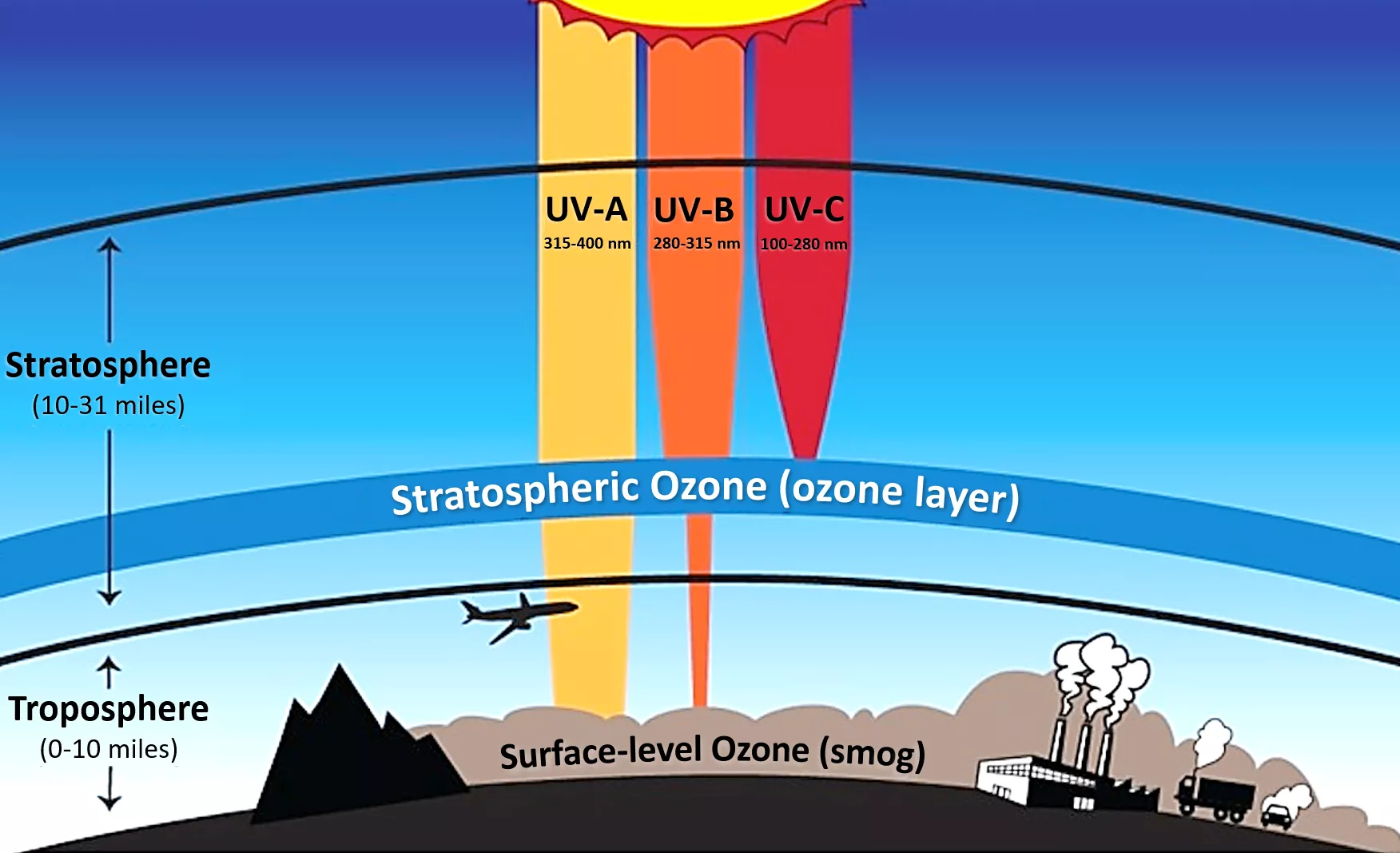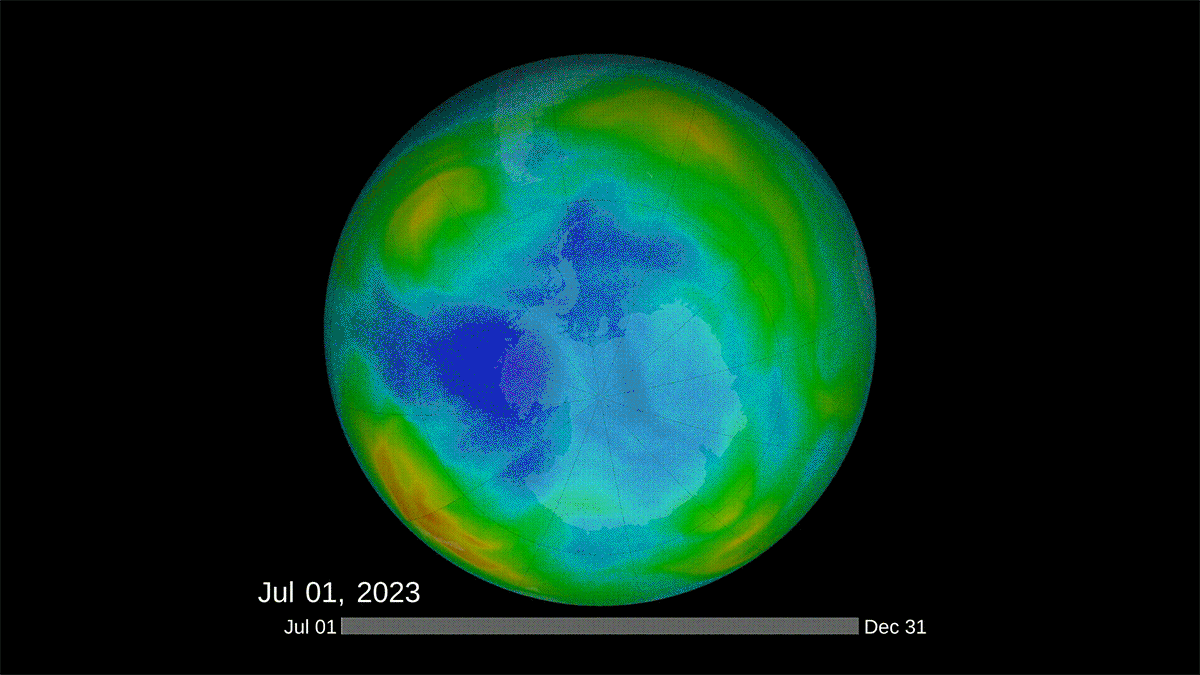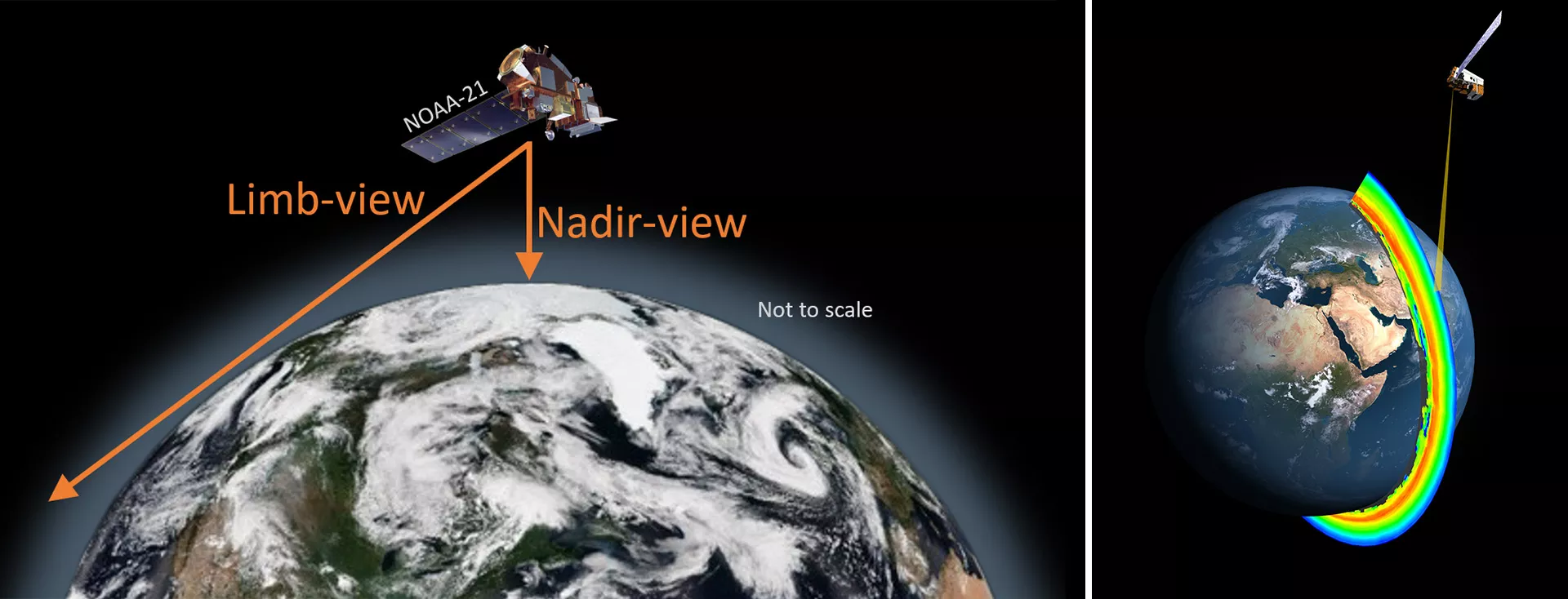Stratospheric ozone is vital for protecting life on Earth, as it absorbs most of the sun’s harmful ultraviolet (UV) radiation. Located approximately 15 to 30 kilometers above the Earth, the ozone layer acts as a shield, preventing damaging UV light from reaching the surface. Depletion of this layer leads to increased UV radiation exposure, which poses significant health risks to humans and can disrupt ecosystems and food chains.

Human activities have contributed to the thinning of the ozone layer, mostly through the emission of ozone-depleting substances like chlorofluorocarbons (CFCs). These substances, once widely used in refrigerants and propellants, rise into the stratosphere where they release chlorine and bromine molecules that cause ozone molecules to break down. The discovery of the Antarctic ozone hole in the mid-1980s led to the global action of the 1987 Montreal Protocol, effectively phasing out ozone-depleting substances and paving the way for the ozone layer’s expected recovery by the mid-21st century. Still, the annual reappearance of the Antarctic ozone hole highlights the importance of continuous monitoring to ensure progress towards recovery and to inform global mitigation strategies.

Monitoring and understanding ozone layer recovery and its implications for global climate are enabled by advanced satellite instruments like the Joint Polar Satellite System (JPSS) Ozone Mapping and Profiler Suite (OMPS). OMPS is equipped with nadir-viewing spectrometers, which measure total atmospheric ozone, and a limb-viewing spectrometer that provides a unique perspective for capturing vertical profiles of ozone and aerosols. These capabilities are essential for studying polar ozone depletion, understanding the impact of stratospheric ozone on global circulation, and exploring other atmospheric phenomena.

Dr. Natalya Kramarova and her colleagues at NASA Goddard Space Flight Center’s Atmospheric Chemistry and Dynamics Lab are enhancing the algorithms used to extract crucial data from the OMPS Limb Profiler. Their latest research is featured in the 2023 JPSS Science Digest (Feature 6), offering insights into how the JPSS Ozone Mapping and Profiler Suite is advancing stratospheric ozone monitoring. Read the article to learn more about the implications of these improvements for ozone layer recovery, climate modeling, understanding global circulation, and other applications.
